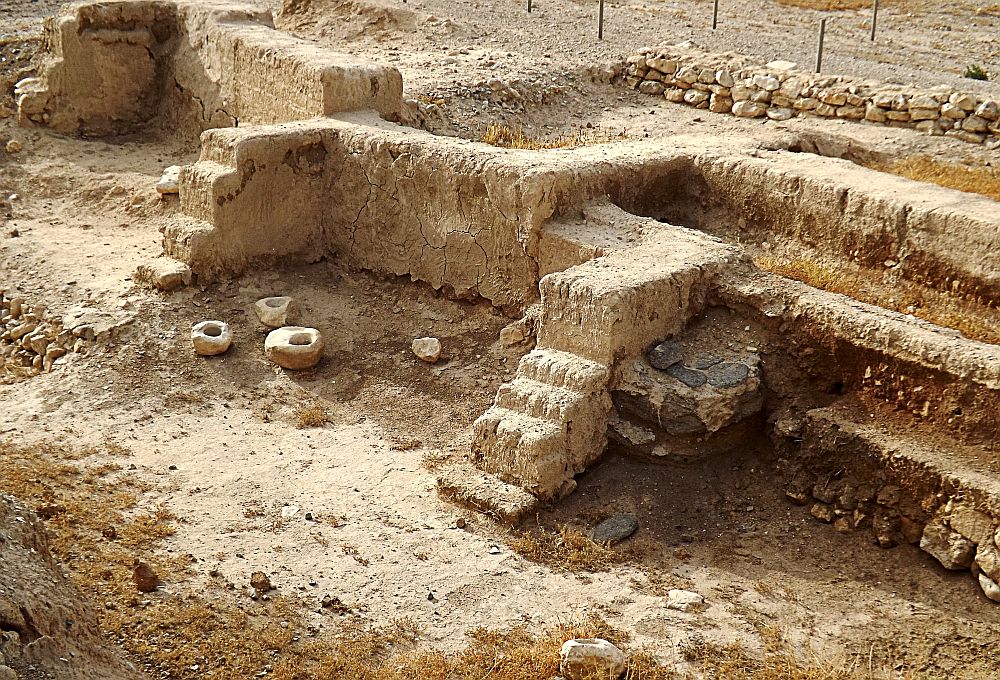
The DOE announced the selection of three projects under the Office of Fossil Energy’s University Turbine Systems Research Program. University researchers will investigate the chemistry and physics of advanced turbines, with the goal of promoting clean and efficient operation when fueled with coal-derived synthesis gas (syngas) and hydrogen fuels.
Development of high-efficiency, ultra-clean turbine systems requires significant advances in high temperature materials science, understanding of combustion phenomena and innovative cooling techniques to maintain integrity of turbine components. Such necessary technology advancements are basic to the needs of the entire gas turbine industry.
The UTSR program aim is to accelerate basic turbine technology development to provide nonproprietary research to support industry, and to provide training in gas turbine technologies for students. The program is managed by the National Energy Technology Laboratory.
Selected projects will direct efforts toward combustion, aerodynamics, heat transfer and materials research for syngas- and hydrogen-fueled turbines. There is one project of particular interest to ceramists:
• University of Texas-El Paso — Thermal barrier coatings protect engine components and allow further increase in engine temperatures for higher efficiency, making them critical technologies for advanced coal-based power generation systems. The researchers propose to develop nanostructured hafnium oxide-based coatings for TBCs of advanced hydrogen turbines. They intend to create a fundamental understanding and knowledge database of next generation TBC materials with high-temperature tolerance, durability and reliability. The proposed nanostructured TBCs will have superior heat resistance, thermal insulation, oxygen barrier qualities, hot-corrosion and erosion resistance and resistance to adverse coating/substrate interactions. (DOE share: $381,233; UTEP share: $95,979; duration: 36 months)
The other projects include:
• Penn State — For this study, the researchers will combine experiments with chemical kinetic modeling to investigate the effects of diluents (water and CO2) and minor contaminant species (methane, ethane and oxides of nitrogen) on the ignition and combustion of high hydrogen content (HHC) fuels. The proposed work will broaden the experimental database for ignition delay, burning rate and oxidation kinetics at high pressures. The goal is to further advance the development of practical guidelines for realistic composition limits and operating characteristics for HHC fuels. (DOE share, $719,999; PSU share, $180,253; duration: 36 months)
• Texas A&M — The objective of the proposed research is to provide the gas turbine engine designer with quantitative information pertaining to the physics of secondary flow (an undesirable condition in turbines), its influence on the efficiency and performance of gas turbines and the impact of film cooling ejection arrangements on reducing or suppressing the detrimental effect of secondary flows. The researchers will pay particular attention to the design of endwall contour geometries with the objective of quantifying the effect of a contoured rotating endwall on secondary flow formation with and without fillets compared with the noncontoured rotating endwall. (DOE share: $399,891; Texas A&M share: $100,078; duration: 36 months)
CTT Categories
- Construction
- Education
- Energy
Related Posts
Lithophanes: Dedicated museum sheds light on these porcelain artworks
November 13, 2025
The urban fabric of brick—Part 3: Innovations and the future of design
November 11, 2025
The urban fabric of brick—Part 2: Ancient brick history
October 28, 2025


